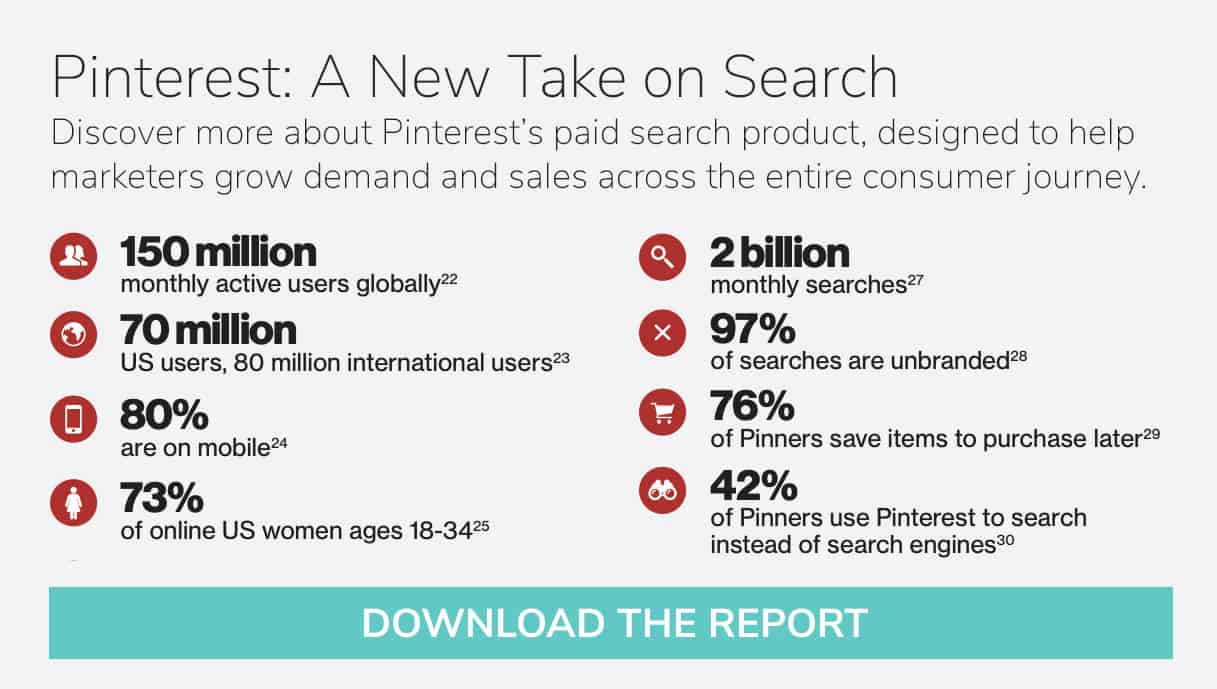Mobile Marketing Statistics! This edition of the “Skai 5” highlights the growth of the “mobile-first” digital experience with some surprising insights into consumer mobile usage
In one of the most pivotal moments in the short history of the Internet, Apple CEO Steve Jobs said in January 2007,
“Today Apple is going to reinvent the phone.”
On June 29th of that year, he fulfilled that promise as the first iPhone was released.
Although not the first smartphone, the iPhone was a catalyst to move consumers en masse to the mobile web. Eleven years later, the Internet is truly a “mobile-first” experience with more than half of all web traffic coming from mobile devices.
But what does that really look like? To give you some perspective as to how pervasive mobile usage really is, we’ve assembled the following 5 key mobile statistics.
#1: Worldwide daily Internet time is predominantly mobile
As shared by Mary Meeker, the expert analyst on Internet trends, in her 2018 report: of the 5.9 hours that people around the world spend daily on average with the Internet, 3.3 hours (or 60%) is on mobile devices.
Trending data in this area strongly indicate that this number will continue to rise over the years. All categories relevant to this statistic, including the percentage of mobile vs desktop shopping, video consumption, etc., are going up as well. You can bank on all mobile trends will only rise in the coming years.
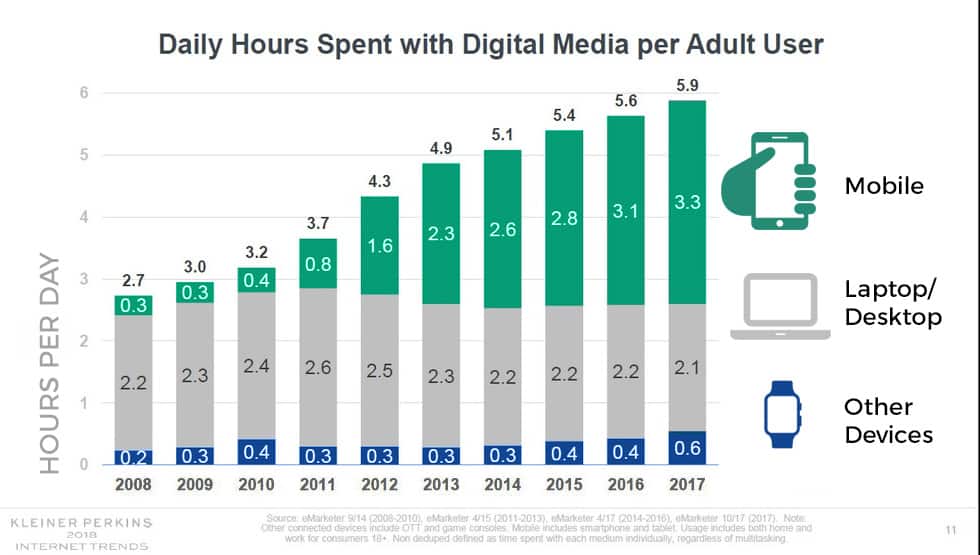
#2: More people own a cell phone than a toothbrush
Originally cited by the Mobile Marketing Association of Asia to the chagrin of dentists around the world, of the 6.8 billion people on the planet, 5.1 billion own a cell phone, but only 4.2 billion own a toothbrush.
Someone tried to dive in to disprove this fact as a myth a few years ago, but through their research ended up agreeing that this stat is most likely true. This just goes to show you how much the world has changed in just over a decade.
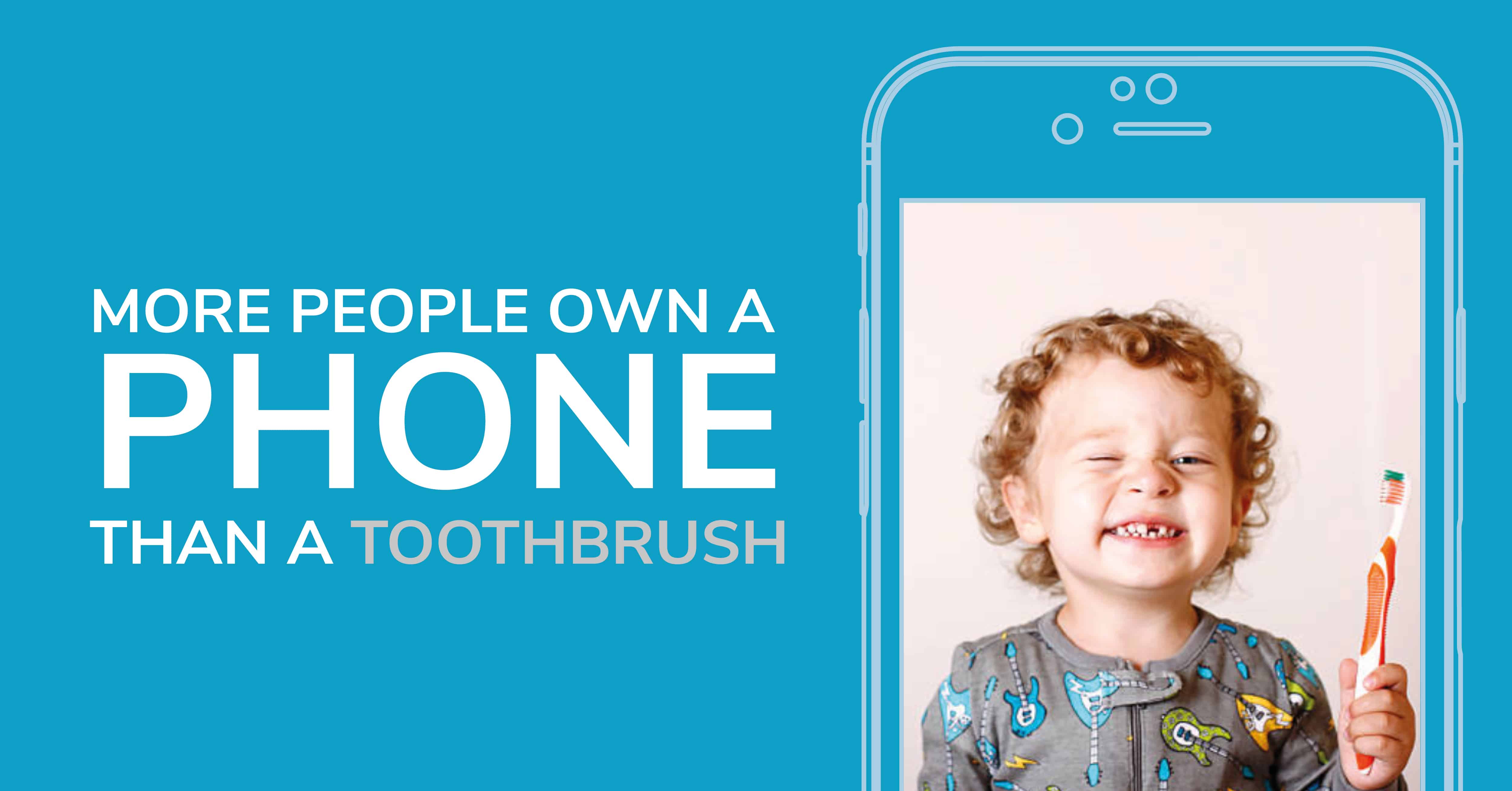
#3: Search and shopping trolleys are becoming mobile
The old adage is true that “wherever eyeballs go, advertisers will follow.”
According to Google, mobile is the dominant platform for searches, as 48% of the buyers use smartphones to start searching with a search engine.
These days, shoppers don’t only search for products from the comfort of their home. Over 90% of smartphone owners use their phones while making purchasing decisions in a brick and mortar store. Plus, when people search on mobile, it tends to lead to action: 92% of those who searched on their phone made a related purchase
No wonder mobile-influenced offline spending is already over $1 trillion.
Businesses and marketers are catching up to this shift in shopper behavior which is also why platforms are advancing their mobile-focused features, and marketers are focusing their budgets not only where they get the eyeballs, but also where they get the purchases.
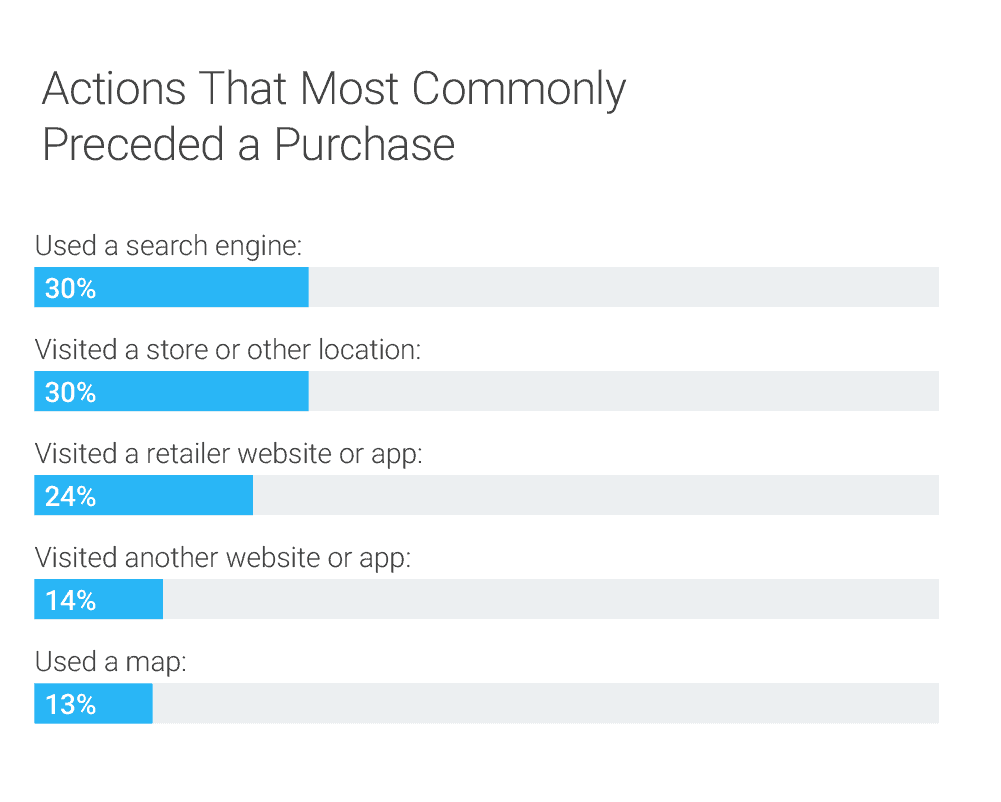
Which leads us to the next point…
#4: Search and social marketing budgets have now moved to mobile
According to our data, half of all search advertisers and almost all (97%) of social advertisers have at least 50% of their budgets dedicated to mobile. This is on the heels of our announcement earlier in July of this year where in Q2 2018, mobile search ad spending overtook desktop.
At the time, Chris Costello, senior director of marketing research for Skai said,
“…search marketers have fully embraced consumers’ adoption of mobile devices, shifting spend to mobile campaigns to ensure they’re present across the full funnel of consumer search activity. For the first time, spending on mobile search ads surpassed desktop and is near capturing the majority of ad spending.”
Costello also reports that 10% of Skai’s search advertisers in Q3 2018 had at least 80% of their total search spending on mobile while 76% of Skai’s social advertisers had at least 80% mobile share during the same period.
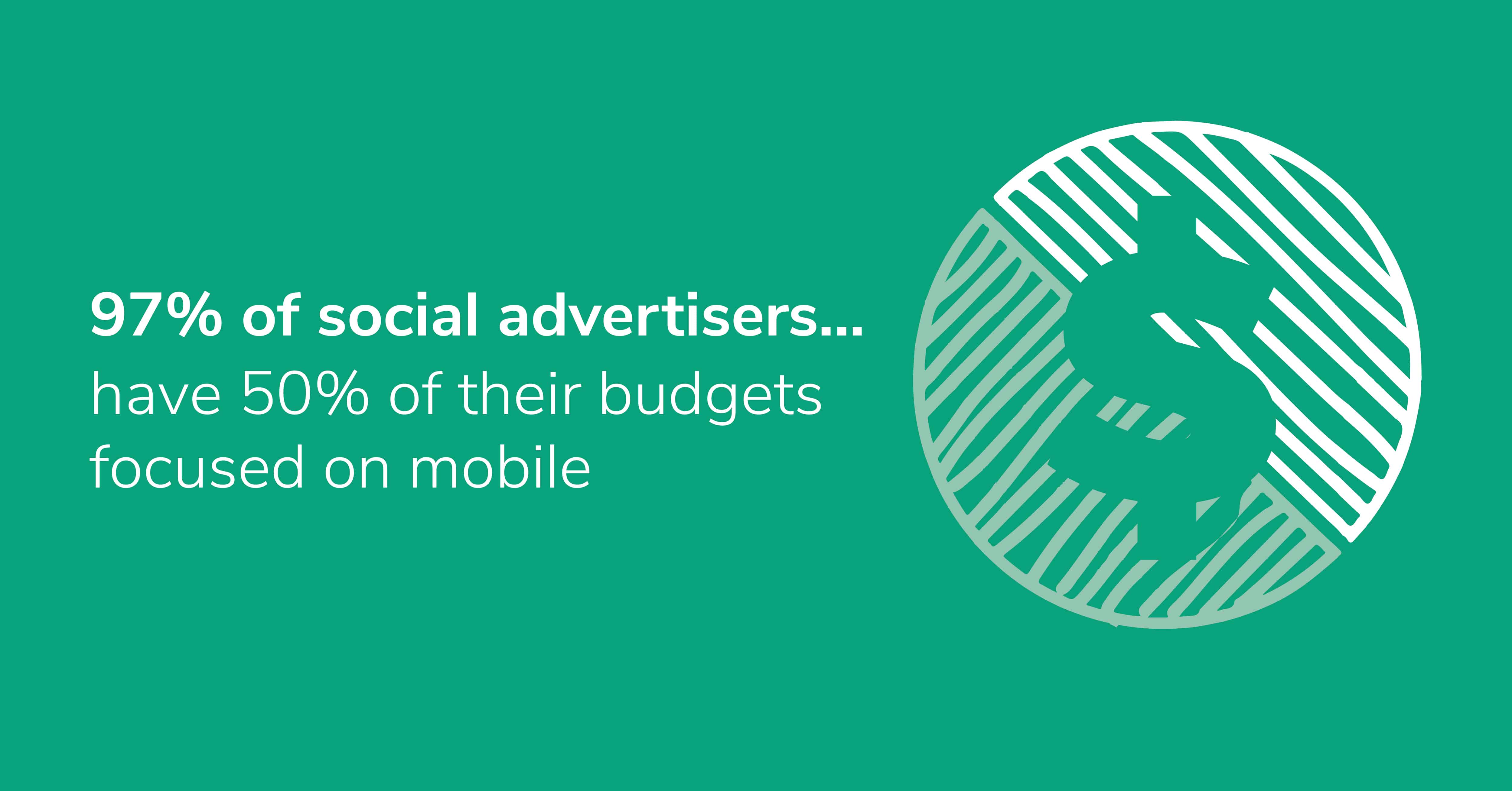
#5: 65% of app downloads on iOS come directly from a search on the App Store
Searching is now a fundamental activity on every application, including apps stores. As the mobile web continues to evolve, marketers who have apps to promote are taking notice.
E-commerce channel ads (ECAs) are ads that appear directly within a store and it makes sense that mobile app marketers would be embracing this rather new ad format whether in a traditional e-commerce site or using Apple Search Ads within the iOS App Store.
